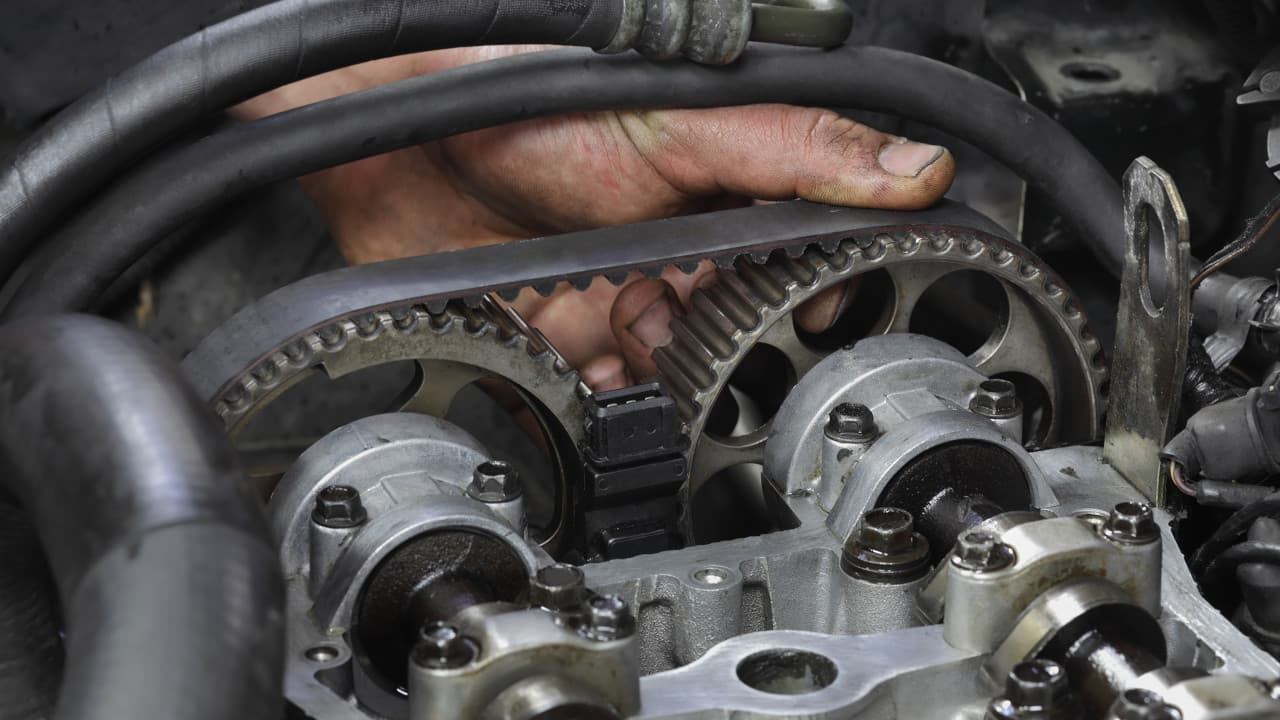- Arabic
- French
- Russian
- Spanish
- Portuguese
- Turkish
- Armenian
- English
- Albanian
- Amharic
- Azerbaijani
- Basque
- Belarusian
- Bengali
- Bosnian
- Bulgarian
- Catalan
- Cebuano
- Corsican
- Croatian
- Czech
- Danish
- Dutch
- Afrikaans
- Esperanto
- Estonian
- Finnish
- Frisian
- Galician
- Georgian
- German
- Greek
- Gujarati
- Haitian Creole
- hausa
- hawaiian
- Hebrew
- Hindi
- Miao
- Hungarian
- Icelandic
- igbo
- Indonesian
- irish
- Italian
- Japanese
- Javanese
- Kannada
- kazakh
- Khmer
- Rwandese
- Korean
- Kurdish
- Kyrgyz
- Lao
- Latin
- Latvian
- Lithuanian
- Luxembourgish
- Macedonian
- Malgashi
- Malay
- Malayalam
- Maltese
- Maori
- Marathi
- Mongolian
- Myanmar
- Nepali
- Norwegian
- Norwegian
- Occitan
- Pashto
- Persian
- Polish
- Punjabi
- Romanian
- Samoan
- Scottish Gaelic
- Serbian
- Sesotho
- Shona
- Sindhi
- Sinhala
- Slovak
- Slovenian
- Somali
- Sundanese
- Swahili
- Swedish
- Tagalog
- Tajik
- Tamil
- Tatar
- Telugu
- Thai
- Turkmen
- Ukrainian
- Urdu
- Uighur
- Uzbek
- Vietnamese
- Welsh
- Bantu
- Yiddish
- Yoruba
- Zulu
nov . 05, 2024 22:06 Back to list
Understanding the Importance of Car Engine Belts for Optimal Vehicle Performance
Understanding the Importance of Car Engine Belts
Car engines are marvels of engineering, consisting of numerous components that work together to ensure optimal performance. Among these components, engine belts play a crucial role, serving as vital links that connect various parts of the engine. This article will delve into the types, functions, maintenance, and signs of wear or failure associated with engine belts, providing a comprehensive overview of their importance in vehicle operation.
Types of Car Engine Belts
There are primarily two types of belts found in car engines the timing belt and the serpentine belt.
1. Timing Belt This is a critical component that synchronizes the rotation of the crankshaft and camshaft. It ensures that the engine's valves open and close at the correct times during each cylinder’s intake and exhaust cycles. In interference engines, where there is minimal clearance between the valves and pistons, a failing timing belt can lead to severe engine damage, making its maintenance vital.
2. Serpentine Belt This long, winding belt is responsible for driving multiple peripheral devices such as the alternator, power steering pump, water pump, and air conditioning compressor. The serpentine belt is designed to run multiple accessories off a single belt, resulting in less weight and improved efficiency.
Functions of Engine Belts
The primary function of both belts is to transfer motion and power from one component to another within the engine. They help maintain synchronization and proper timing, ensuring that the engine operates smoothly.
- The timing belt plays a vital role in controlling the timing of the engine’s valves, which is crucial for maximizing performance and efficiency. - The serpentine belt powers essential systems that affect driving comfort and safety, such as electricity generation (via the alternator), steering control (through the power steering pump), and engine cooling (via the water pump).
Maintenance of Engine Belts
car engine belt

Regular maintenance of engine belts is key to preventing potential problems. Here are some guidelines to ensure they remain in good condition
1. Regular Inspections During routine maintenance checks, it's important to inspect the belts for signs of wear and damage, including cracks, fraying, or glazing.
2. Correct Tension Ensure that the engine belts are properly tensioned. A belt that is too loose can slip, while one that is too tight can lead to premature wear of the belt and the components they drive.
3. Replacement It is recommended to replace the timing belt and serpentine belt as per the manufacturer’s guidelines, typically every 60,000 to 100,000 miles for the timing belt, and every 40,000 to 70,000 miles for the serpentine belt, depending on the vehicle.
Signs of Wear or Failure
Understanding the signs of wear or potential failure can save drivers from more severe engine damage. Common indicators include
- Unusual Noises Squeaking or chirping noises can suggest that the serpentine belt is slipping or worn. - Engine Overheating If the water pump is not operational due to a failing belt, the engine may overheat. - Dashboard Warning Lights Some vehicles may display warning lights when there’s an issue with the engine belts or related components.
Conclusion
Car engine belts may be relatively inconspicuous, but they are integral to the functioning of an engine. Proper understanding and maintenance of these belts can significantly enhance vehicle performance and durability. Regular inspections, timely replacements, and being aware of warning signs are essential practices for any car owner. By taking care of your car engine belts, you not only ensure the longevity of your vehicle but also contribute to a safer and more efficient driving experience.
-
Upgrade Power Steering Pump Belt for Smooth, Quiet Operation
NewsAug.27,2025
-
Precision Timing Belt & Chain: Engine Performance & Durability
NewsAug.26,2025
-
Precision Lathe Drive Belts: Durable & Reliable Performance
NewsAug.25,2025
-
84.5 Serpentine Belt: Durable & Precision Fit for Your Engine
NewsAug.24,2025
-
Premium Ribbed Drive Belts for Quiet Power Transmission
NewsAug.23,2025
-
High-Performance Vehicle Timing Belt for Engine Precision
NewsAug.22,2025

